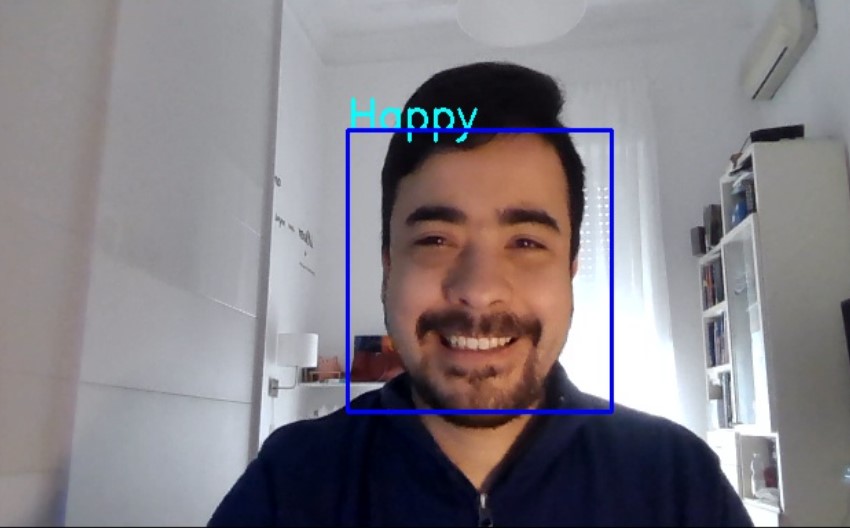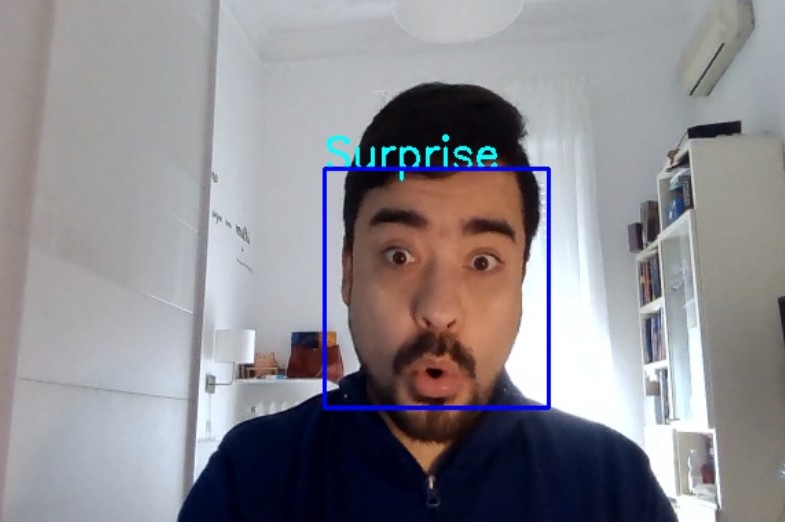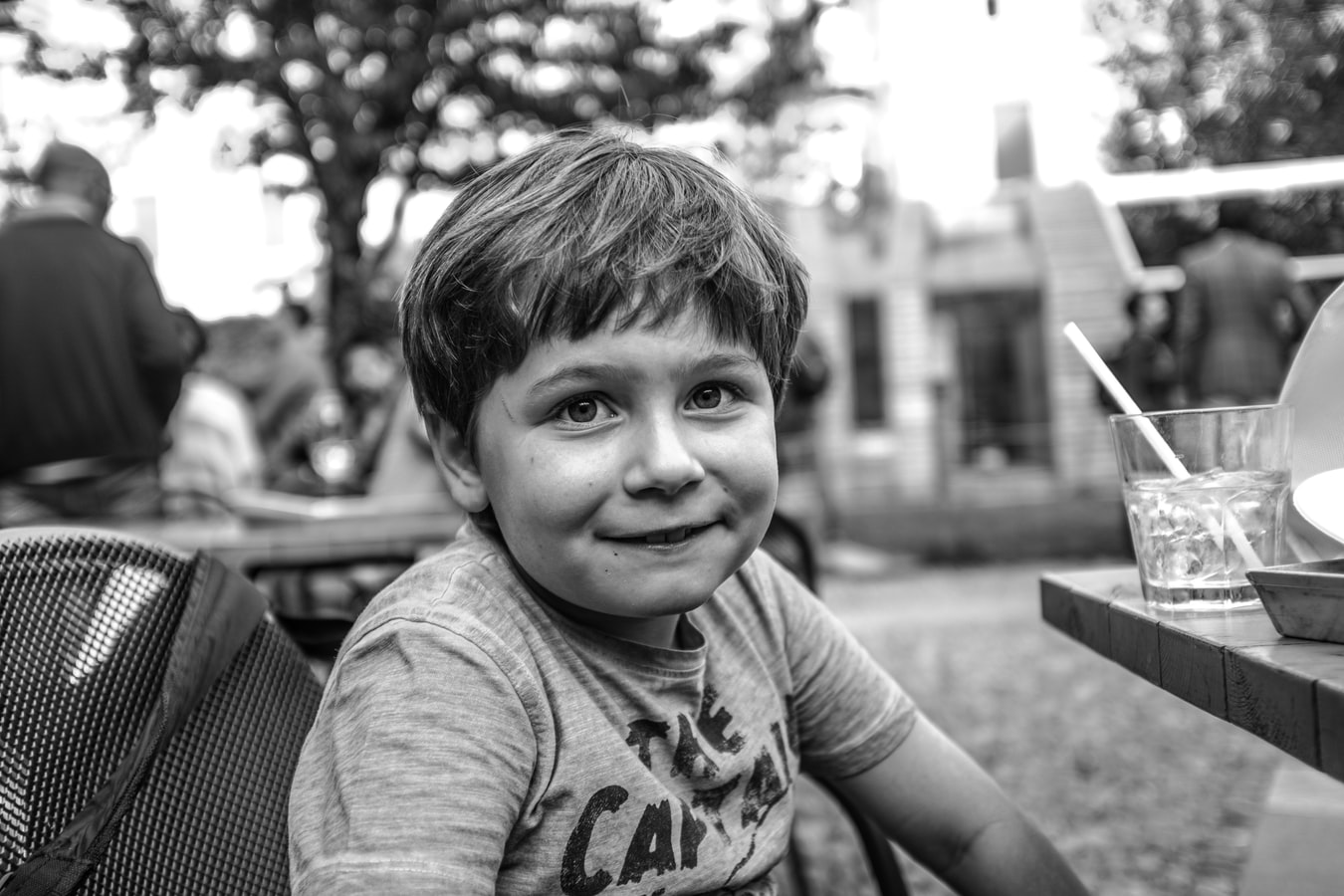Facial Expression Recognition with Neural Networks
Today we are going to present an interesting project to detect the expression in videos in a camera or movies.
What is Sentiment Analysis?
Sentiment analysis (also known as opinion mining or emotion AI) refers to the use of natural language processing, text analysis, computational linguistics, and biometrics to systematically identify, extract, quantify, and study affective states and subjective information.
Emotion detection
Predictive analytics is an area of statistics that deals with extracting information from data and using it to predict trends and behavior patterns.
Task 1: Import Libraries
#pip install livelossplot==0.5.2
#pip install keras
import numpy as np
import seaborn as sns
import matplotlib.pyplot as plt
import utils
import os
%matplotlib inline
from tensorflow.keras.preprocessing.image import ImageDataGenerator
from tensorflow.keras.layers import Dense, Input, Dropout,Flatten, Conv2D
from tensorflow.keras.layers import BatchNormalization, Activation, MaxPooling2D
from tensorflow.keras.models import Model, Sequential
from tensorflow.keras.optimizers import Adam
from tensorflow.keras.callbacks import ModelCheckpoint, ReduceLROnPlateau
from tensorflow.keras.utils import plot_model
from IPython.display import SVG, Image
from livelossplot import PlotLossesKeras
#from livelossplot import PlotLossesTensorFlowKeras
import tensorflow as tf
print("Tensorflow version:", tf.__version__)
Tensorflow version: 2.4.1
Task 2: Plot Sample Image
utils.datasets.fer.plot_example_images(plt).show()

for expression in os.listdir("train/"):
print(str(len(os.listdir("train/"+expression)))+ " "+ expression + " images")
3995 angry images
436 disgust images
4097 fear images
7215 happy images
4965 neutral images
4830 sad images
3171 surprise images
Task 3: Generate Training and Validation Batches
img_size = 48
batch_size = 64
datagen_train = ImageDataGenerator(horizontal_flip=True)
train_generator = datagen_train.flow_from_directory("train/",
target_size=(img_size, img_size),
color_mode='grayscale',
batch_size=batch_size,
class_mode='categorical',
shuffle=True)
datagen_validation = ImageDataGenerator(horizontal_flip=True)
validation_generator = datagen_train.flow_from_directory("test/",
target_size=(img_size, img_size),
color_mode='grayscale',
batch_size=batch_size,
class_mode='categorical',
shuffle=True)
Found 28709 images belonging to 7 classes.
Found 7178 images belonging to 7 classes.
Task 4: Create CNN Model
 Inspired by Goodfellow, I.J., et.al. (2013). Challenged in representation learning: A report of three machine learning contests. Neural Networks, 64, 59-63. doi:10.1016/j.neunet.2014.09.005
Inspired by Goodfellow, I.J., et.al. (2013). Challenged in representation learning: A report of three machine learning contests. Neural Networks, 64, 59-63. doi:10.1016/j.neunet.2014.09.005
model = Sequential()
#1 - conv
model.add(Conv2D(64, (3,3), padding = 'same', input_shape=(48,48,1)))
model.add(BatchNormalization())
model.add(Activation('relu'))
model.add(MaxPooling2D(pool_size=(2,2)))
model.add(Dropout(0.25))
#2 - conv layer
model.add(Conv2D(128, (5,5), padding = 'same'))
model.add(BatchNormalization())
model.add(Activation('relu'))
model.add(MaxPooling2D(pool_size=(2,2)))
model.add(Dropout(0.25))
# 3- conv layer
model.add(Conv2D(512, (3,3), padding = 'same'))
model.add(BatchNormalization())
model.add(Activation('relu'))
model.add(MaxPooling2D(pool_size=(2,2)))
model.add(Dropout(0.25))
# 4 - conv layer
model.add(Conv2D(512, (3,3), padding = 'same'))
model.add(BatchNormalization())
model.add(Activation('relu'))
model.add(MaxPooling2D(pool_size=(2,2)))
model.add(Dropout(0.25))
model.add(Flatten())
model.add(Dense(256))
model.add(BatchNormalization())
model.add(Activation('relu'))
model.add(Dropout(0.25))
model.add(Dense(512))
model.add(BatchNormalization())
model.add(Activation('relu'))
model.add(Dropout(0.25))
model.add(Dense(7,activation='softmax'))
opt = Adam(lr=0.0005)
model.compile(optimizer=opt, loss='categorical_crossentropy', metrics=['accuracy'])
model.summary()
Model: "sequential"
_________________________________________________________________
Layer (type) Output Shape Param #
=================================================================
conv2d (Conv2D) (None, 48, 48, 64) 640
_________________________________________________________________
batch_normalization (BatchNo (None, 48, 48, 64) 256
_________________________________________________________________
activation (Activation) (None, 48, 48, 64) 0
_________________________________________________________________
max_pooling2d (MaxPooling2D) (None, 24, 24, 64) 0
_________________________________________________________________
dropout (Dropout) (None, 24, 24, 64) 0
_________________________________________________________________
conv2d_1 (Conv2D) (None, 24, 24, 128) 204928
_________________________________________________________________
batch_normalization_1 (Batch (None, 24, 24, 128) 512
_________________________________________________________________
activation_1 (Activation) (None, 24, 24, 128) 0
_________________________________________________________________
max_pooling2d_1 (MaxPooling2 (None, 12, 12, 128) 0
_________________________________________________________________
dropout_1 (Dropout) (None, 12, 12, 128) 0
_________________________________________________________________
conv2d_2 (Conv2D) (None, 12, 12, 512) 590336
_________________________________________________________________
batch_normalization_2 (Batch (None, 12, 12, 512) 2048
_________________________________________________________________
activation_2 (Activation) (None, 12, 12, 512) 0
_________________________________________________________________
max_pooling2d_2 (MaxPooling2 (None, 6, 6, 512) 0
_________________________________________________________________
dropout_2 (Dropout) (None, 6, 6, 512) 0
_________________________________________________________________
conv2d_3 (Conv2D) (None, 6, 6, 512) 2359808
_________________________________________________________________
batch_normalization_3 (Batch (None, 6, 6, 512) 2048
_________________________________________________________________
activation_3 (Activation) (None, 6, 6, 512) 0
_________________________________________________________________
max_pooling2d_3 (MaxPooling2 (None, 3, 3, 512) 0
_________________________________________________________________
dropout_3 (Dropout) (None, 3, 3, 512) 0
_________________________________________________________________
flatten (Flatten) (None, 4608) 0
_________________________________________________________________
dense (Dense) (None, 256) 1179904
_________________________________________________________________
batch_normalization_4 (Batch (None, 256) 1024
_________________________________________________________________
activation_4 (Activation) (None, 256) 0
_________________________________________________________________
dropout_4 (Dropout) (None, 256) 0
_________________________________________________________________
dense_1 (Dense) (None, 512) 131584
_________________________________________________________________
batch_normalization_5 (Batch (None, 512) 2048
_________________________________________________________________
activation_5 (Activation) (None, 512) 0
_________________________________________________________________
dropout_5 (Dropout) (None, 512) 0
_________________________________________________________________
dense_2 (Dense) (None, 7) 3591
=================================================================
Total params: 4,478,727
Trainable params: 4,474,759
Non-trainable params: 3,968
_________________________________________________________________
import tensorflow as tf
tf.__version__
'2.4.1'
import keras
keras.__version__
from tensorflow.python.client import device_lib
print(device_lib.list_local_devices())
[name: "/device:CPU:0"
device_type: "CPU"
memory_limit: 268435456
locality {
}
incarnation: 12273973991680633869
, name: "/device:GPU:0"
device_type: "GPU"
memory_limit: 6529366361
locality {
bus_id: 1
links {
}
}
incarnation: 9993362731094214836
physical_device_desc: "device: 0, name: GeForce RTX 2070 with Max-Q Design, pci bus id: 0000:01:00.0, compute capability: 7.5"
]
Task 6: Train and Evaluate Model
epochs = 15
steps_per_epoch = train_generator.n//train_generator.batch_size
validation_steps = validation_generator.n//validation_generator.batch_size
checkpoint = ModelCheckpoint("model_weights.h5", monitor = 'val_acccuracy',
save_weigths_only=True, mode='max', verbose=1)
reduce_lr = ReduceLROnPlateau(monitor='val_loss', factor = 0.1, patience =2, min_lr=0.00001, model = 'auto')
#callbacks = [PlotLossesCallback(), checkpoint, recduce_lr]
callbacks = [ PlotLossesKeras(), checkpoint, reduce_lr]
history = model.fit(
x=train_generator,
steps_per_epoch=steps_per_epoch,
epochs=epochs,
validation_data=validation_generator,
validation_steps=validation_steps,
callbacks=callbacks
)

accuracy
training (min: 0.322, max: 0.650, cur: 0.650)
validation (min: 0.299, max: 0.633, cur: 0.633)
Loss
training (min: 0.924, max: 1.781, cur: 0.924)
validation (min: 0.985, max: 2.012, cur: 0.985)
Epoch 00015: saving model to model_weights.h5
Task 7: Represent Model as JSON String
model_json = model.to_json()
with open ("model.json", "w") as json_file:
json_file.write(model_json)
Task 8 we create a Flask application callend main.py
from flask import Flask, render_template, Response
from camera import VideoCamera
app = Flask(__name__)
@app.route('/')
def index():
return render_template('index.html')
def gen(camera):
while True:
frame = camera.get_frame()
yield (b'--frame\r\n'
b'Content-Type: image/jpeg\r\n\r\n' + frame + b'\r\n\r\n')
@app.route('/video_feed')
def video_feed():
return Response(gen(VideoCamera()),
mimetype='multipart/x-mixed-replace; boundary=frame')
if __name__ == '__main__':
app.run(host='0.0.0.0', debug=True)
Task 9 we setup the video source,
We create a application to read the source:
#self.video = cv2.VideoCapture(“/home/user/Desktop/Project/videos/facial_exp.mkv”) # in Linux
#self.video = cv2.VideoCapture(r”C:\Users\user\Desktop\Project\videos\facial_exp.mkv”) # in Windows
self.video = cv2.VideoCapture(0) # in with your Webcam
import cv2
from model import FacialExpressionModel
import numpy as np
facec = cv2.CascadeClassifier('haarcascade_frontalface_default.xml')
model = FacialExpressionModel("model.json", "model_weights.h5")
font = cv2.FONT_HERSHEY_SIMPLEX
class VideoCamera(object):
def __init__(self):
#self.video = cv2.VideoCapture("/home/user/Desktop/Project/videos/facial_exp.mkv") # in Linux
#self.video = cv2.VideoCapture(r"C:\Users\user\Desktop\Project\videos\facial_exp.mkv") # in Windows
self.video = cv2.VideoCapture(0) # in with your Webcam
def __del__(self):
self.video.release()
# returns camera frames along with bounding boxes and predictions
def get_frame(self):
_, fr = self.video.read()
gray_fr = cv2.cvtColor(fr, cv2.COLOR_BGR2GRAY)
faces = facec.detectMultiScale(gray_fr, 1.3, 5)
for (x, y, w, h) in faces:
fc = gray_fr[y:y+h, x:x+w]
roi = cv2.resize(fc, (48, 48))
pred = model.predict_emotion(roi[np.newaxis, :, :, np.newaxis])
cv2.putText(fr, pred, (x, y), font, 1, (255, 255, 0), 2)
cv2.rectangle(fr,(x,y),(x+w,y+h),(255,0,0),2)
_, jpeg = cv2.imencode('.jpg', fr)
return jpeg.tobytes()
Task 9 Test your program
We just go to the folder where you have created all your programs and run the following command
python main.py
later you got the following

and later to go to your web browser
and put
http://localhost:5000/
and after that you got your home application with Artificial Intelligence that recognize your
| Happy | Angry |
|---|---|
 |
 |
| Surprise | Neutral |
|---|---|
 |
 |
Congratulations! We have applied Neural Networks in Tensorflow to recognize facial expressions

Leave a comment